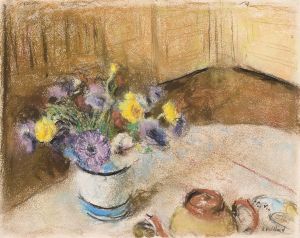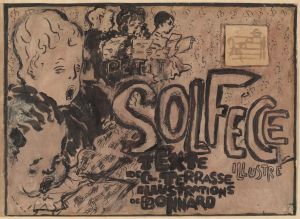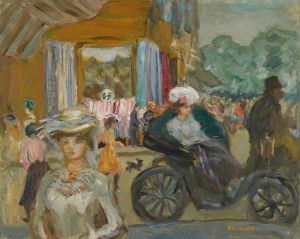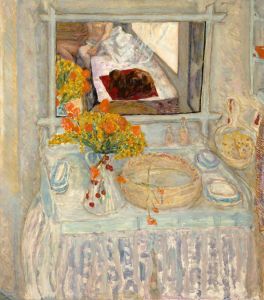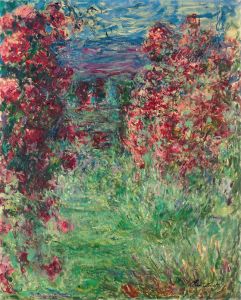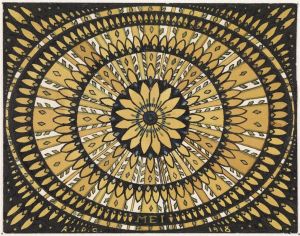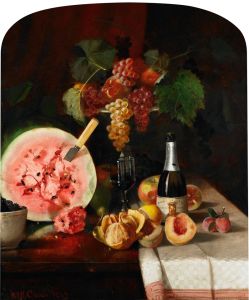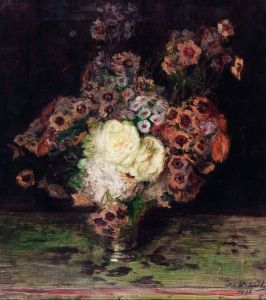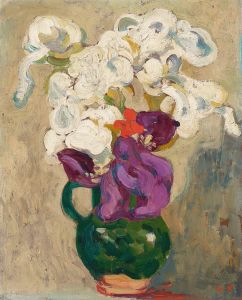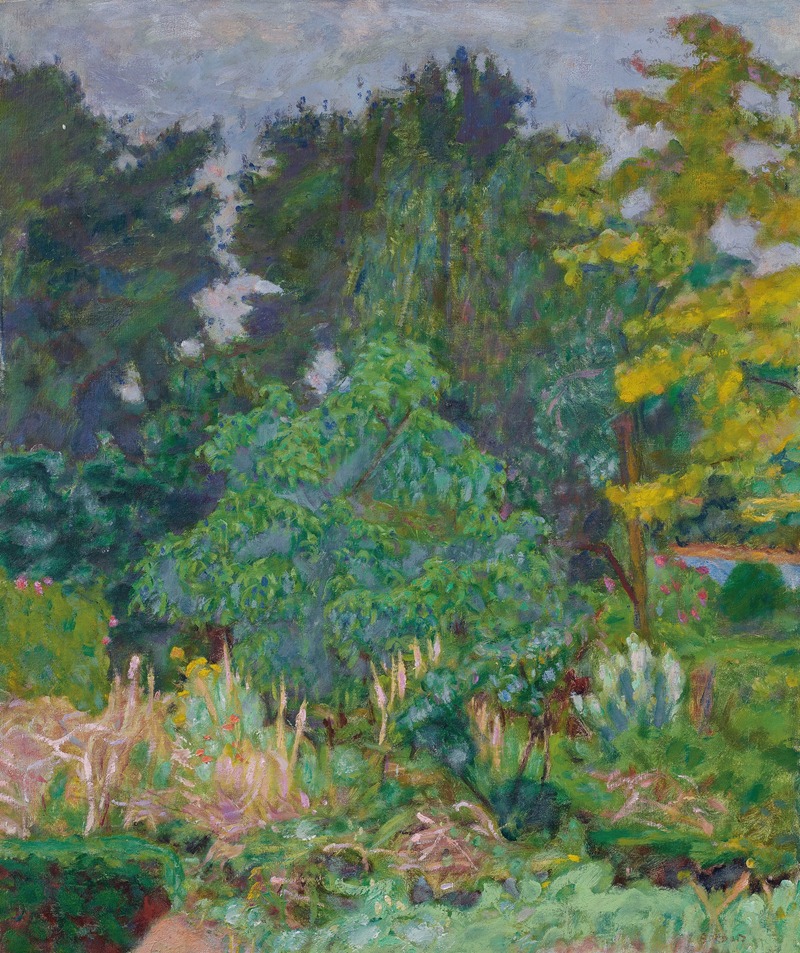
Le jardin de Vernon
A hand-painted replica of Pierre Bonnard’s masterpiece Le jardin de Vernon, meticulously crafted by professional artists to capture the true essence of the original. Each piece is created with museum-quality canvas and rare mineral pigments, carefully painted by experienced artists with delicate brushstrokes and rich, layered colors to perfectly recreate the texture of the original artwork. Unlike machine-printed reproductions, this hand-painted version brings the painting to life, infused with the artist’s emotions and skill in every stroke. Whether for personal collection or home decoration, it instantly elevates the artistic atmosphere of any space.
Pierre Bonnard's painting Le jardin de Vernon (The Garden at Vernon) is a notable work by the French Post-Impressionist painter, created during the later years of his career. Bonnard, known for his vibrant use of color and intimate domestic scenes, often drew inspiration from his surroundings, and this painting is no exception. The artwork depicts the lush garden of his home in Vernon, a small town in the Normandy region of France, where Bonnard lived from 1912 until his death in 1947.
Bonnard's garden in Vernon became a recurring subject in his work, reflecting his deep connection to nature and his ability to capture the interplay of light and color. In Le jardin de Vernon, he employs his signature style of loose brushwork and a rich, saturated palette to convey the vibrancy and vitality of the garden. The composition is characterized by its dynamic arrangement of plants, flowers, and trees, which seem to merge into one another, creating a sense of movement and life. The painting exemplifies Bonnard's interest in capturing fleeting moments and the ever-changing effects of light on the natural world.
The painting is often celebrated for its immersive quality, drawing viewers into the scene and inviting them to experience the tranquility and beauty of the garden. Bonnard's approach to perspective is unconventional; rather than adhering to strict linear perspective, he creates a flattened, almost tapestry-like effect, which enhances the decorative quality of the work. This technique reflects his broader artistic philosophy, which prioritized emotional resonance and sensory experience over strict realism.
Le jardin de Vernon is part of a larger body of work that Bonnard created during his time in Vernon, where he found solace and inspiration in the natural environment. His garden served as both a retreat and a creative laboratory, allowing him to experiment with color, composition, and light. The painting is representative of Bonnard's mature style, which is marked by a heightened sensitivity to color and a focus on the intimate, personal spaces of his life.
Today, Le jardin de Vernon is recognized as an important example of Bonnard's contribution to modern art. His work bridges the gap between Impressionism and more abstract movements of the 20th century, influencing subsequent generations of artists. The painting is housed in a private collection or museum (specific details about its current location are not readily available), and it continues to be studied and admired for its innovative approach to landscape painting and its celebration of the natural world.





